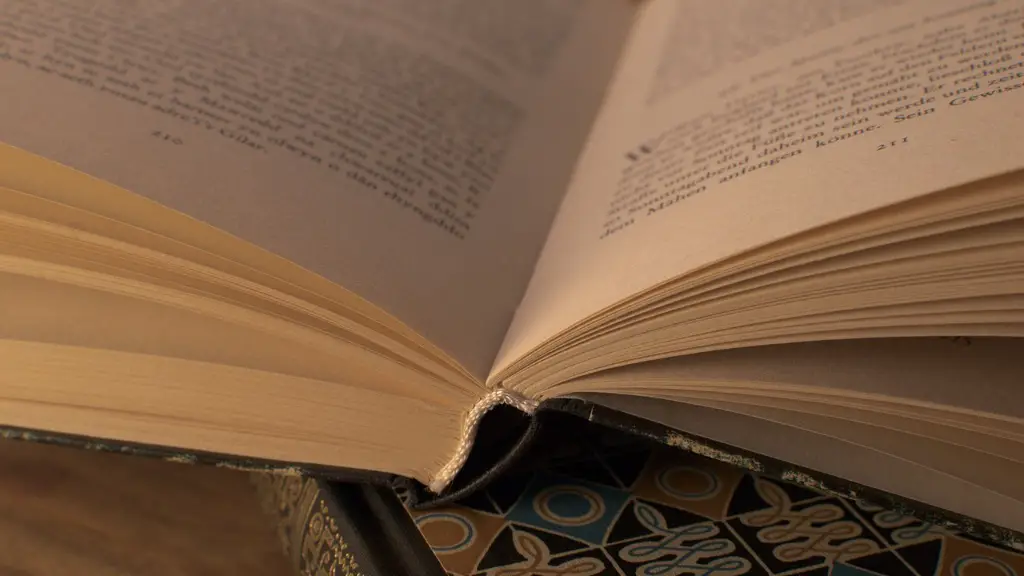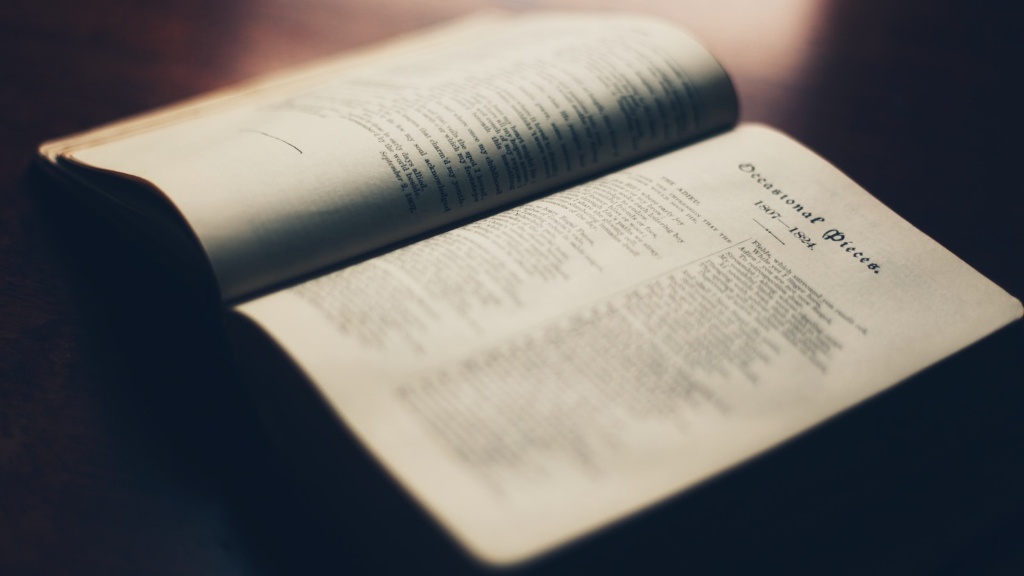Finding Inspiration
When it comes to writing poetry, it all starts with finding inspiration. When we feel something strongly, be it joy, sorrow, anger, or even elation, the most important thing we can do is channel that emotion into words. A key part of any poem is the initial spark that sets it off in the first place; finding something which not only has the potential to inspire a poem, but also fits the specific style that you are aiming for. This can be anything from a phrase heard in conversation, to something seen, touched, or smelled. The possibilities are truly endless.
The Writing Process
When you have your inspiration ready, the real battle begins – getting it down on paper. Most poets find that it helps to have some kind of structure in mind when writing their work. Whether you choose to build your poem around a repeated phrase or concept, work in a certain metre or rhyme, or even write a free-form piece with no rhyme or structure, finding something which works for you as an individual is essential in creating poetry you’re proud of.
Edit and Refine
A lot of people make the mistake of jumping the gun at this point and believing that they have finished the poem they have started writing. But this is the time when we truly learn to make the poem our own; to perfect the use of language so that the words become almost solid and vivid to the reader. Experimentation greatly helps at this point, with editing and changing as aesthetically pleasing as possible. From removing unnecessary adjectives to changing a phrase to a different word or gesture, how we craft the poem from beginning to end is a crucial part of the writing process.
Publishing and Sharing
Now that the poem is finished and polished, it is the time to put it out there for the world to see. It can be hard to share something so personal, but it is essential for the growth of any poet. It can be as simple as posting it on social media or even giving a copy to someone you trust and admires.
Building Your Poetry Toolbox
When it comes to creating great work, having a toolbox full of techniques to fall back on is crucial. There are plenty of resources out there to help poets with this, such as online tutorials, audiobooks and books, and even workshops and classes. They will help to hone the poet’s skills and sharpen their intuition. From finding powerful metaphors and unique imagery, to understanding concepts such as rhythm and rhyme schemes, having this knowledge on hand will provide the poet with a strong foundation to draw from whenever they are stumped for inspiration or stuck in a writing rut.
Stones and Rocks
Writing a poem requires a great deal of perseverance and patience. Just like a stone that has been carefully polished over time to become a beautiful work of art, the same is true for a poem. The poet may spend weeks, months, or even years fine-tuning the work to make it the best it can be before it is ever shared with the world. The hard work and effort put into the creation of a poem is often invisible and unseen, yet integral to the final product.
Engaging Writing Exercises
Using writing exercises to help with creativity is a great way to jump-start the poetry-writing process. Some exercises can involve creating a new poem based on a completely random prompt, while others may consist of enjoying a leisurely walk and simply letting the environment inspire the poem. Writing exercises can often be seen as a way to warm up and stretch the writing muscles, allowing the poet to get a feel for their words, and moving the process along more quickly and efficiently.
Improving Technique
Even when the initial poem is born from an inspired idea, it is only the first step of the journey. Gaining a better understanding of one’s own writing style and technique is key for improving and refining the poem. Reading other poetry, studying the works of famous poets, picking up helpful hints from experts or mentors, and critically analyzing own work are all highly useful methods of studying and building up one’s own style. Just like a musician who is always honing their craft, the true power of poetry comes from the knowledge that the poet has acquired and works to build upon.
Submitting Poetry
Once a poet feels they have produced something they are proud of, they can consider submitting it to journals and competitions to have their work recognised and judged by other writers, editors and publishers. Submitting a piece of work opens up new opportunities and allows the poet to share their words with a larger audience and see the potential for growth.
Self Promotion Techniques
Cultivating a larger audience can often feel like an impossible task, but there are plenty of ways to overcome this. Developing a web presence through platforms like Twitter, Tumblr, Instagram and setting up a blog, are all great ways to expose yourself and your work to a larger audience. Participating in online writing workshops and teaching classes, and attending reading events can further increase your visibility and impact even further.
Developing Readership
Engagement is key when it comes to developing a larger readership. Reaching out to other poets, authors and bloggers is a great way to connect and network. Being a part of and contributing to online writing communities and forums also provides a great platform to learn more about the craft and gain access to different resources and valuable feedback. Commenting on other poets’ work, engaging in conversations and collaborations, and taking the time to really appreciate their work will help create an even larger readership.


